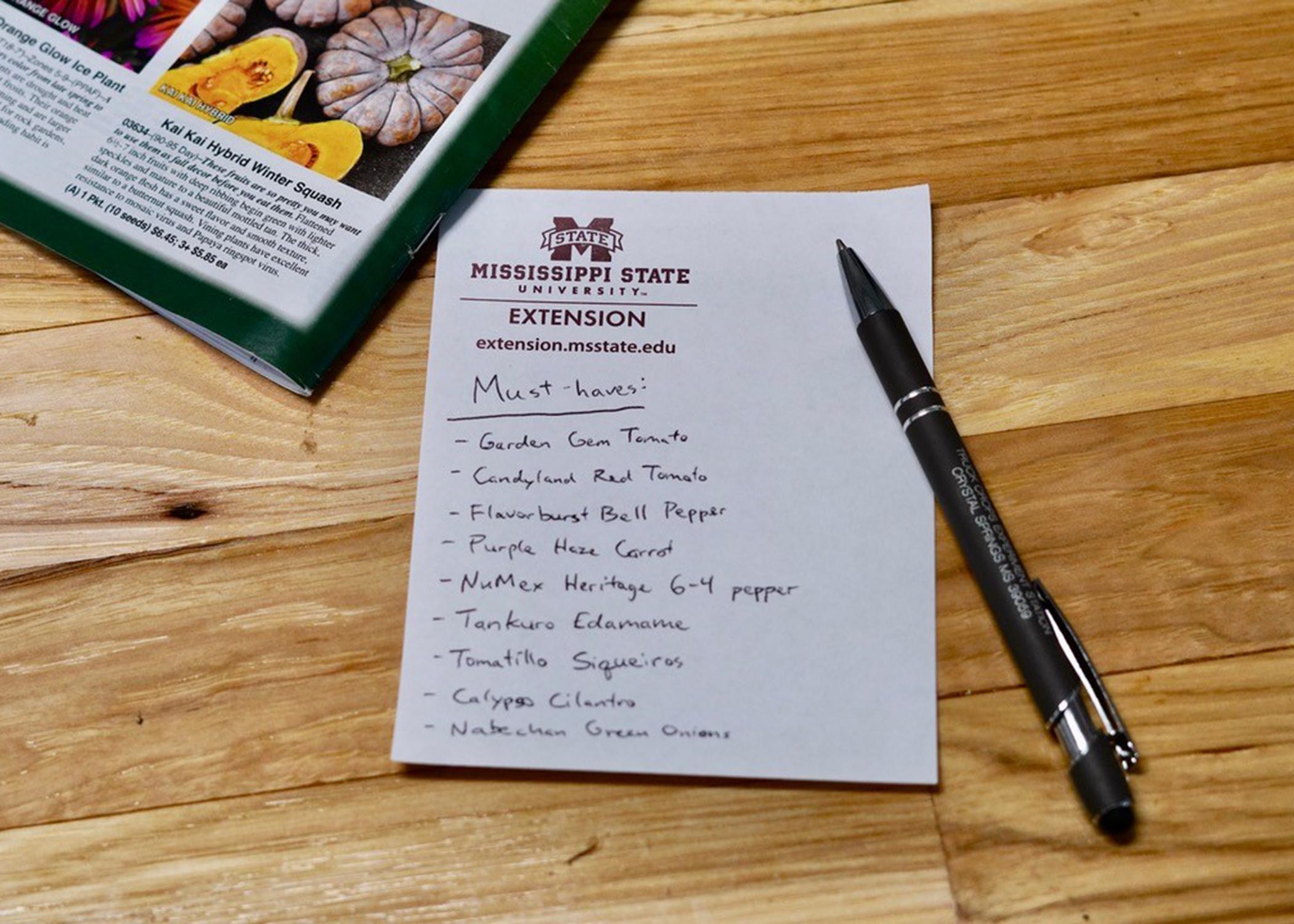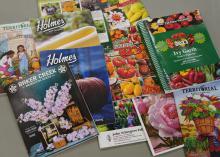Information Possibly Outdated
The information presented on this page was originally released on January 9, 2023. It may not be outdated, but please search our site for more current information. If you plan to quote or reference this information in a publication, please check with the Extension specialist or author before proceeding.
Navigate seed catalogs confidently this spring
I don’t know about you, but I have been bombarded with seed catalogs this winter. Since about age 12, one of my favorite hobbies has been looking through catalogs at all the new plants.
Some new plants have forever changed the horticulture industry, while others disappear after just one season.
What varieties you grow directly impacts your gardening success. The sheer number of choices can be overwhelming, and recognizing reality among the marketing smoke and mirrors is important for picking the right seeds for your garden.
So, here are some things I’ve learned over the years to help me navigate the seed catalogs.
First, make a growing list of what you love, use or enjoy the most. Do this even before you look through the catalogs. Your garden probably needs to be bigger to hold everything you want, so making a list will help ensure you have room for your must-haves.
If you love Flavorburst peppers and Benary’s Giant zinnias, then put them on your must-have list. You’re in charge of your garden, not seed company marketing for different varieties. Having this list keeps you on track.
Next, look for key adjectives. Most companies use specific adjectives to describe flavor or disease resistance. For most people, plants with “good” flavor will not be as tasty as those rated “excellent.” The same goes for descriptions of disease resistance and yield.
Reputable companies use adjectives that are based on variety testing. For example, a panel of taste testers will rate tomatoes from poor to excellent, and the compiled results will determine what varieties taste the best. Rating scales are also used for disease resistance.
If the description of a variety you are interested in doesn’t include flavor, that is usually a red flag. So, if growing a tasty tomato is important to you, it is probably best to avoid varieties that don’t mention flavor.
Another item to pay attention to is disease resistance. I’ve gardened in several places in the U.S., but I’ve never gardened in a place with as many diseases and insects as Mississippi. These pests make it much harder to garden successfully.
Luckily for us, plant breeding is changing that situation by improving disease resistance.
You’ll notice that garden catalogs list disease resistance in the description. For example, squash with “PMR” is powdery mildew resistant. If you struggle with specific diseases, look for varieties that have “excellent” resistance to them.
If you don’t know what kind of diseases you struggle with in your garden, look for varieties that have the longest lists of disease resistance. Even better, take diseased plants to your local Extension agent and get a diagnosis so you can learn to manage the disease or find resistant varieties in the future.
Beware of the non-GMO label, which stands for genetically modified organism.
I was in a grocery store buying flour and noticed that most brands carried a non-GMO verified logo. What I find strange is that there is no GMO wheat on the market, so this label is just marketing smoke and mirrors.
The same is true for most seed companies. Only a few companies geared toward large-scale farmers sell GMO seeds, and these companies don’t keep that a secret. When you see companies touting that they sell only non-GMO seeds, realize that nearly everyone else does, too.
My last piece of advice is to order early so seed is on hand when you want to plant. When your seeds arrive, keep them in an airtight container in the fridge until you need them. Most seeds last for years under these conditions.
For information on how to grow high-quality starts, check out Extension Publication 3436, “Homegrown Flower, Herb and Vegetable Transplants.”
Happy planting!
[EDITOR’S NOTE: Dr. Shaun Broderick is a Mississippi State University Extension Service ornamental horticulturist, Mississippi Agricultural and Forestry Experiment Station researcher and Southern Gardening guest columnist. Locate Southern Gardening products online at http://extension.msstate.edu/shows/southern-gardening.]





